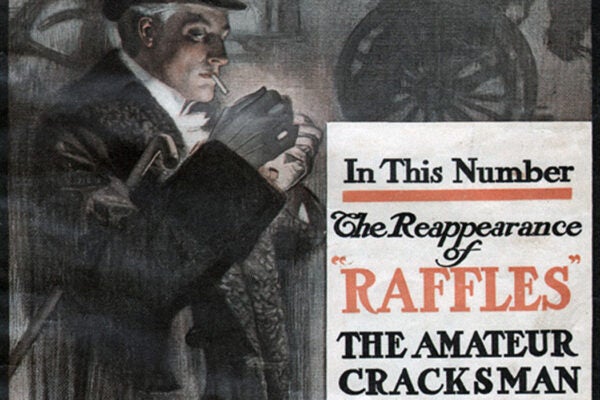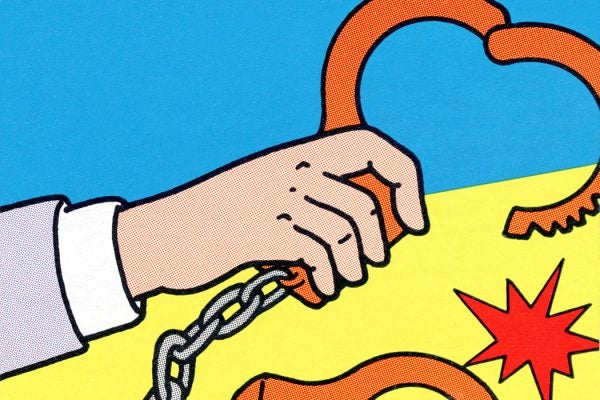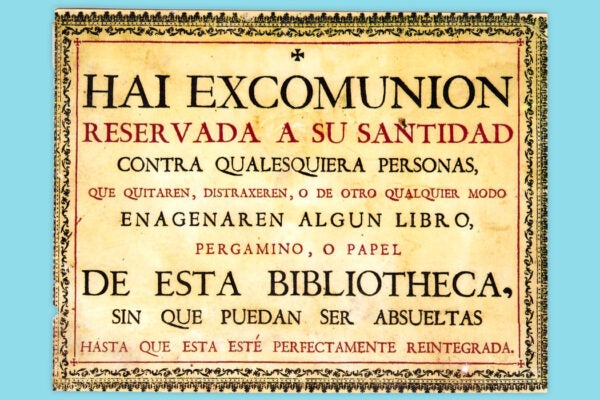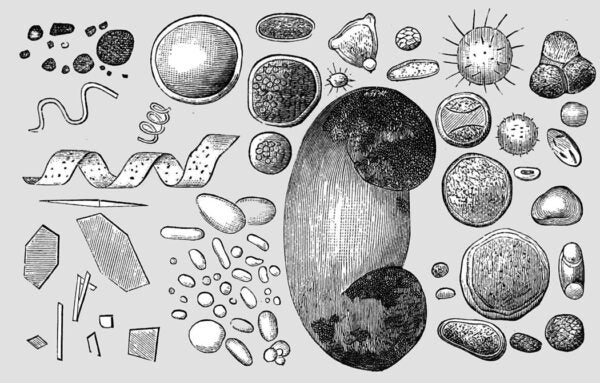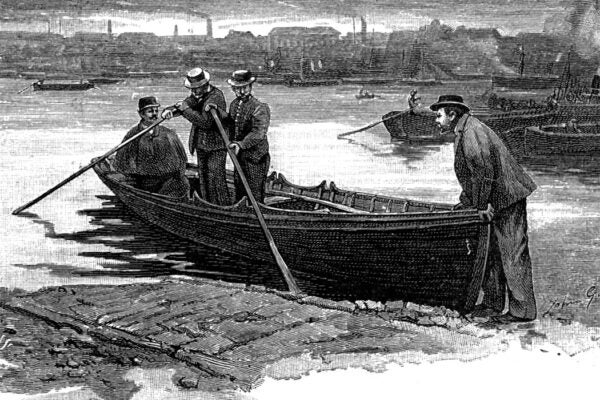The Anti-Sex-Trafficking Vigilantes Next Door
A fear of rampant sex-trafficking in American cities sparked a new wave of civilian vigilante activity in the early twenty-first century.
The Joy of Burglary
In the early 1900s, a fictional “gentleman burglar” named Raffles fascinated British readers, reflecting popular ideas about crime, class, and justice.
The Most Dangerous Woman in the World
“Chicago May” was a classic swindler who conned her way around the world in the early twentieth century. She was also a sign of hard times.
What Do Gardens and Murder Have in Common?
Writers have long plotted murder mysteries in gardens of all sorts. What makes these fertile grounds for detective fiction?
A True Crime Syllabus
How did we become so obsessed with “true crime”? This multidisciplinary syllabus shows how we view crime as a whole and how those views have changed over time.
Book Thieves Take the Story and Run with It
Book theft: the books may be rare, but the crime is not.
The History of Precrime
UCLA’s Violence Center was squelched by political revolt, not so much for its ambition to stockpile behavioral data as Americans' fear of psychosurgery.
The Mystery of Crime-Scene Dust
In the late nineteenth century, forensic investigators began using new technologies to study minute details—such as the arrangement and makeup of dust.
Creating the “Criminal Class”
In the late eighteenth century, Glasgow magistrate Patrick Colquhoun argued that immoral living had created a distinct class of people with weak characters.
Creating a Safety Net: CST in International Law
Robust international partnership models that build capacity and trust can help fight child sex tourism and commercial sexual exploitation of children.

